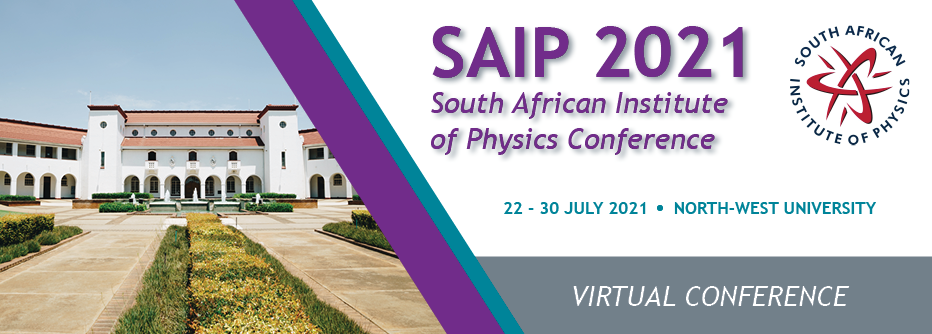Speaker
Description
Electric Field Induced Second Harmonic (EFISH) generation is a technique to probe the structure of and charge transfer across buried interfaces. It is particularly suitable to study the Si/SiO2 interfaces that are crucial in electronics undergoing continuous miniaturization. This makes it important to investigate the interaction of the front and rear Si/SiO2 interfaces of thin silicon membranes. EFISH signals typically increase quadratically with both the pump beam intensity and the quasi-static electric field that builds up over the interface due to photo-induced charge transfer.
The EFISH signals from the front and rear Si/SiO2 interfaces of thin silicon membranes (10-30 micron thick, slightly p-doped) were generated by a laser beam (Ti:sapphire laser tuned to 800 nm, 90 fs pulse duration at 80 MHz repetition rate) transmitted through the membrane. Detailed measurements on samples with different thicknesses have confirmed counter-intuitive results that for thin samples the EFISH signal generated at the rear interface is stronger than that at the front interface in spite of attenuation of the incident beam. These results lead to a hypothesis that the quasi-static electric field at the rear interface consists of two counteracting components and the degree of interaction between the front and rear interfaces varies significantly with thickness over the 10-30 micron range. It is also shown that the effective third order susceptibility for the EFISH-active layers at the rear interface is larger than that at the front interface which paves the way for future theoretical modelling.
Apply to be considered for a student ; award (Yes / No)?
No
Level for award;(Hons, MSc, PhD, N/A)?
N/A

